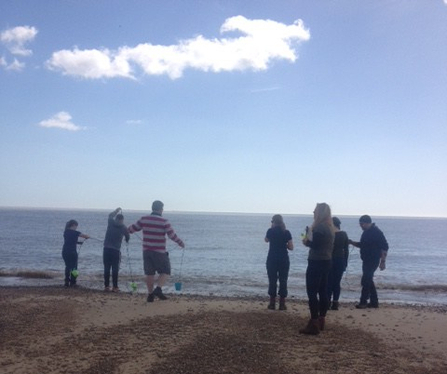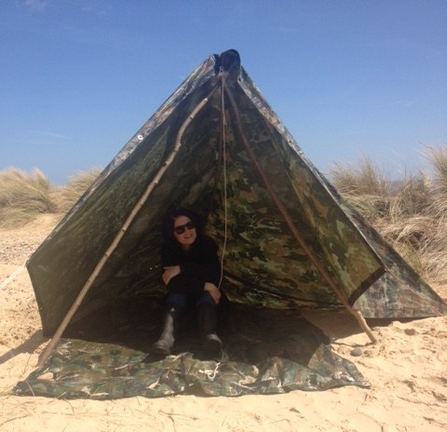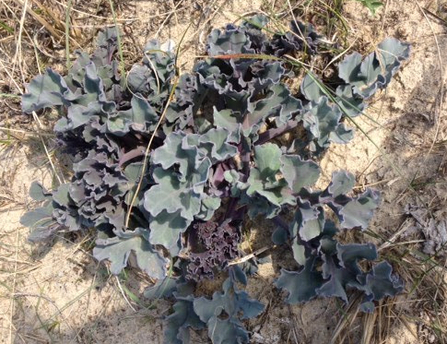By Kirsty Wilmot
As interns we were lucky enough to join a group of 6 other teachers and educators, to start work on our Level 3 Wild Beach Leader qualification, which is accredited by OCR. I’m really looking forward to completing the follow-up work, which will be done by compiling a workbook, to record all our findings from the 3 days and evidence our practical work.




